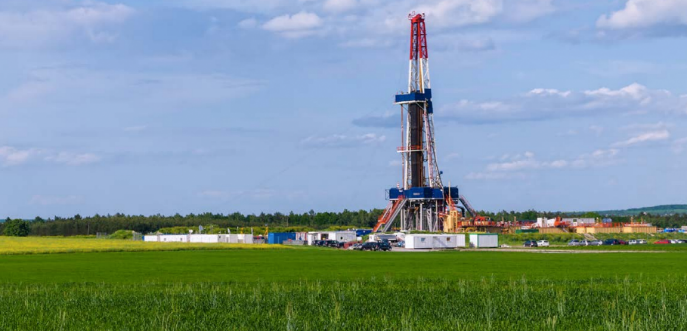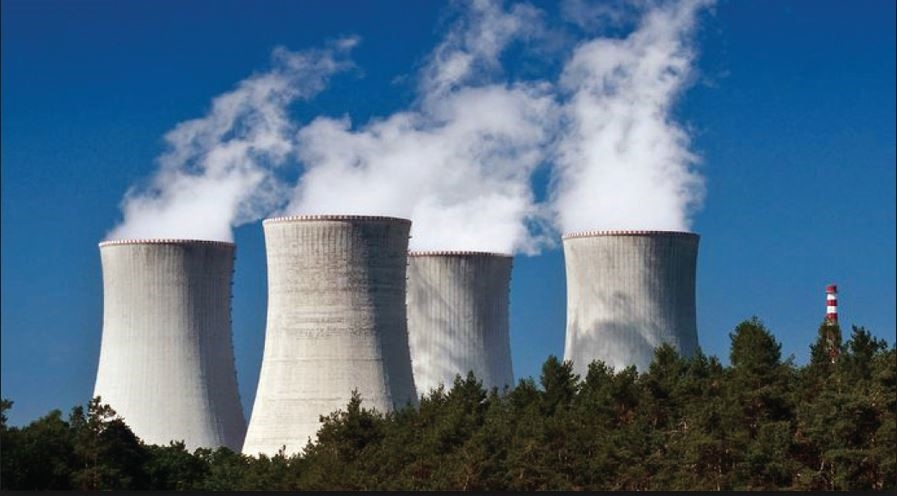Stablo godine (Tree of The Year)
Join the most popular environmental contest to enhance your CSR and Environmental Policy!
WE ARE SEARCHING FOR TREES WITH THE MOST INTERESTING STORIE
Za titulu Hrvatsko stablo 2019. godine natječe se šest kandidata: Hrast lužnjak (Quercus robur L.) iz prašume Prašnik (Stara Gradiška, Brodsko-posavska županija); Ginko (Ginkgo biloba L.) iz Daruvara (Bjelovarsko-bilogorska županija); Hrast kitnjak (Quercus petraea (Matt.) Liebl.) iz Vojakovačkog Osijeka (Koprivničko-križevačka županija); Hrast lužnjak (Quercus robur L.) iz park-šume Maksimir (Grad Zagreb); Velelisna lipa (Tilia grandifolia Ehrh.) iz Visokog (Varaždinska županija) te Bijela murva (Morus alba L.) iz Brtonigle (Istarska županija).
Natjecanje Stablo godine (Tree of The Year) je natjecanje koje naglašava značaj starih stabla u prirodnoj i kulturnoj baštini Europe, koja zaslužuju našu brigu i zaštitu. Inspirirano jepopularnim festivalom Stabla godine koji već godinama u Češkoj Republici organizira udruga za zaštitu okoliša Nadace Partnerství. Kroz natjecanje i promocijom priča o pojedinim stablima značajnim za život lokalne zajednice cilj natjecanja je promocija bioraznolikosti i prirodnih bogatstava diljem Europske unije kako bi se podigla svijest javnosti o potrebi zaštite i očuvanja prirode, kao i važnosti prirodnih vrijednosti za život čovjeka i opstanak čovječanstva. Natjecanje Stablo godinenastoji promicati stabla i njihove priče kao prirodne spomenike na isti način na koji UNESCO promiče svjetsku baštinu.
Od 2011. godine natjecanje se održava svake godine u pojedinim državama diljem Europe. Do 2017. godine u projektu je sudjelovalo sedamnaest europskih zemalja (Njemačka, Češka, Španjolska, Francuska, Belgija, Škotska, Engleska, Wales, Bugarska, Litva, Irska, Sjeverna Irska, Engleska, Slovačka, Mađarska, Poljska, Estonija), a 2017. natjecanju sepriključila se i Republika Hrvatska prihvaćanjem kandidature Javne ustanove za upravljanje zaštićenim diejlovima prirode Dubrovačko-neretvanske županije kao nacionalnog koordinatora ispred Republike Hrvatske.Osim što je Javna ustanova za upravljanje zaštićenim dijelovima prirode Dubrovačko-neretvanske županije izabrana za nacionalnog koordinatora natjecanja Europsko stablo godine, organizator je nacionalnog natjecanja Hrvatsko stablo godine. Partneri u projektu Stablo godine Javnoj ustanovi za upravljanje zaštićenim dijelovima prirode Dubrovačko-neretvanske županije su Šumarski fakultet Sveučilišta u Zagrebu, Hrvatske šume d.o.o. te Hrvatsko agrometeorološko društvo.
Natjecanje Stablo godineima svoju proceduru i jasno propisana pravila koja nacionalni kordinator mora ispuniti i slijediti da bi se pojedina država mogla priključiti i sudjelovati u natjecanju. Natjecanje Stablo godine sastoji se od nacionalnog natjecanja i europskog natjecanja. Pobjednika nacionalnog natjecanja potrebno je proglasiti najkasnije do kraja listopada tekuće godine te gakao pobjednika nacionalnog natjecanja kandidirati ispred pojedine države za europsko natjecanje do 04. studenog tekuće godine. Zatim slijedi natjecanje europsko stablo godine sačinjeno od pobjednika nacionalnih natjecanja.
Natjecanje Europsko stablo godine je finale natjecanja Stablo godine sastavljeno od pobjednika nacionalnih natjecanja. Natjecanje naglašava važnost pružanja usluga stabla u ekosustavu. Ne fokusira se na ljepoti, veličini ili dobi pojedinog stabla, već je naglasak na priči o stablu te njegovoj povezanosti s ljudima i lokalnom zajednicom. Traže se stabla koja su postala dio šire zajednice, stabla ukorijenjena u život i rad ljudi. Javno glasovanje za europsko stablo godine traje od 01. veljače do 28. veljače tekuće godine. Pobjednik natjecanja Europsko stablo godine proglašava se na Svjetski dan šuma 21. ožujka 2018. godine u Bruxelles-u s čime završava natjecanje Stablo godine (Tree of The Year) za tekuću godinu.
Organizatori natjecanja su Environmental Partnership Association, the European Landowners Organisation i TeraPark u suradnji s Europskom komisijom, pod nadležnosti povjerenika Europske komisije za okoliš, pomorstvo i ribarstvo g. Karmenu Vella.
Svrha Europskog stabla godine je istaknuti značaj starih stabala u prirodnoj i kulturnoj baštini. Europsko stablo godine ne fokusira se na ljepoti, veličini ili dobi pojedinog stabla, već je naglasak na priči o stablu i njegovoj povezanosti s ljudima. U okviru natjecanja traže se stabla koja su postala dio šire zajednice.
Svake godine na natjecanju sudjeluje više stotina tisuća ljudi. Broj uključenih država povećava se iz godine u godinu. Od prvog europskog natjecanja broj država koje su sudjelovale u natjecanju porastao je sa 5 na 17 država.
Republika Hrvatska prvi puta je sudjelovala na natjecanju Europsko stablo 2018. godine godine i zauzela je 7. mjesto kandidaturom Azijske platane Trstenom (Platanus orientalis L.) na trgu, zaštićenog spomenika parkovne arhitekture. Ove godine Republiku Hrvatsku na natjecanju Europsko stablo 2019. godine je prestavljala Gupčeva lipa, zaštićeni spomenik prirode koja je zauzela 11. mjesto.
Važno je sudjelovati u natjecanju kako bi se promovirala bogata i raznolika priroda Republike Hrvatske, a posebno ona zaštićena, najvrijedniji resurs kojim Republika Hrvatska raspolaže.
Imamo se čime dičiti i ponositi, te pokazati Europi sve vrednote kojima obilujemo.
Natjecanje Hrvatsko stablo godine je nacionalno natjecanje koje se održava u Republici Hrvatskoj. Od 2017. godine Javna ustanova za upravljanje zaštićenim dijelovima prirode Dubrovačko-neretvanske županije, nositelj imena Hrvatsko stablo godine, organizira i provodi natjecanje u partnerstvu s Šumarskim fakultetom Sveučilišta u Zagrebu, Hrvatskim šumama d.o.o. i Hrvatskim agrometeorološkim društvom.
Natjecanjeima pet faza: nominacijskiproces, odabirfinalista, procesjavnogglasovanja, proglašenjepobjednikanatjecanjatezavršnufazuskrbizapobjedničkostablotesimboličnusadnjusta bala.
Natjecanjem i promocijom priča o pojedinim stablima značajnim za život lokalne zajednice želi se podignuti svijest javnosti o značenju i važnosti očuvanja bioraznolikosti za život čovjeka i opstanak čovječanstva. Također, natjecanjem se nastoji privući stanovništvo i potaknuti lokalne zajednice da se uključe u zaštitu i očuvanje prirodne baštine. Na taj se način promoviraju stabla kao bitan element našega kulturnog i prirodnog bogatstva, te privlači pozornost javnosti i medija na zaštitu i očuvanje prirodnih vrijednosti i bioraznolikosti značajnih za život čovjeka i opstanak čovječanstva.
U tijeku je nacionalno natjecanje Hrvatsko stablo 2019. godine, a za titulu Hrvatsko stablo 2019. godine natječe se šest kandidata: Hrast lužnjak (Quercus robur L.) iz prašume Prašnik (Stara Gradiška, Brodsko-posavska županija); Ginko (Ginkgo biloba L.) iz Daruvara (Bjelovarsko-bilogorska županija); Hrast kitnjak (Quercus petraea (Matt.) Liebl.) iz Vojakovačkog Osijeka (Koprivničko-križevačka županija); Hrast lužnjak (Quercus robur L.) iz park-šume Maksimir (Grad Zagreb); Velelisna lipa (Tilia grandifolia Ehrh.) iz Visokog (Varaždinska županija) te Bijela murva (Morus alba L.) iz Brtonigle (Istarska županija).
Natjecanje je započelo 01. kolovoza 2019. godine u 00:00h i trajat će do 15. rujna 2019. godine do 00:00h. Pobjednik natjecanja proglasit će se na svečanoj ceremoniji 22. listopada 2019. godine na Šumarskom fakultetu Sveučilišta u Zagrebu. Pobjednika nacionalnog natjecanja Javna ustanova za upravljanje zaštićenim dijelovima prirode Dubrovačko- neretvanske županije, u ime Republike Hrvatske, kandidirati će na finale natjecanja Europsko stablo 2020. Godine, a što je sukladno pravilima natjecanja potrebno do 04. studenog 2019. godine.
Upute za glasovanje:
Stranici za glasovanje se pristupa direktno putem poveznice - https://zastita-prirode- dnz.hr/glasaj-za-hrvatsko-stablo-godine/.Također stranici se može pristupiti putem službene stranice Javne ustanove za upravljanje zaštićenim dijelovima prirode Dubrovačko-neretvanske županije (https://zastita-prirode-dnz.hr/).
Glasati se može za samo jednog kandidata. Nakon odabira željenog kandidata
potvrdite svoj glas klikom na internet stranici.
Glasati semože samo jednom sistog računaIa, prijenosnog računala i/iIimobitela.
Glasanje traje od 01. kolovoza 2019. godine u 00:00h i do 15. rujna 2019. godine do 00:00h.
















